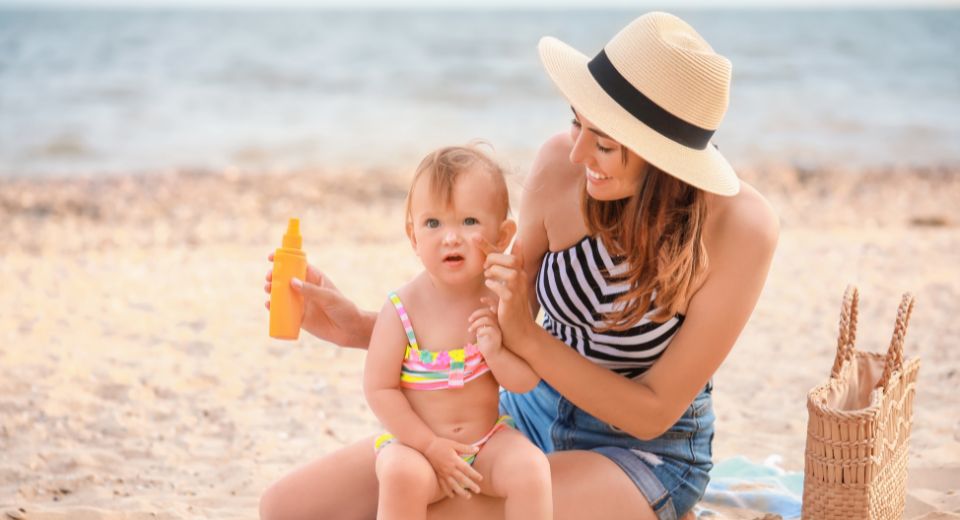
Author: David Porzio, MD
July is UV Safety and Awareness Month. Ultraviolet (UV) radiation is a form of non-ionizing radiation that is emitted by the sun and artificial sources, such as tanning beds. Understanding UV radiation and how it damages your skin is an important first step in safeguarding yourself against skin cancer. Fortunately, you can greatly reduce your risk of skin cancer and UV radiation by taking smart, simple protective measures.
There are two types of UV light that are proven to contribute to the risk of skin cancer:
Ultraviolet A (UVA): has a longer wavelength and mostly associated with skin aging
Ultraviolet B (UVB): has a shorter wavelength and mostly associated with skin burning
Both UVA and UVB can do harm to the skin, though they differ in how they affect the skin. Unprotected exposure to both UVA and UVB radiation can damage the skin’s DNA, producing genetic defects, or mutations, that can lead to skin cancer and premature aging. UV rays can also cause eye damage, including cataracts and eyelid cancer.
UV radiation is a proven human carcinogen (a substance capable of causing cancer in living tissue), causing basal cell carcinoma (BCC) and squamous cell carcinoma (SCC). These types of cancers often appear on sun-exposed areas of the skin. Fortunately, discovered and treated early, these common skin cancers are usually curable.
Melanoma, a dangerous type of skin cancer, can be developed when the skin is sunburned. Research shows that the UV rays that damage skin can also alter a gene that suppresses tumors, raising the skin of sun damaged skin cells developing into skin cancer.
Here are some facts from the Skin Cancer Foundation:
- Damage from UV exposure is cumulative and increases your skin cancer risk over time. While your body can repair some of the DNA damage in skin cells, it can’t repair all of it. The unrepaired damage builds up over time and triggers mutations that cause skin cells to multiply rapidly. That can lead to malignant tumors.
- The degree of damage depends on the intensity of UV rays and the length of time your skin has been exposed without protection. Location is also a factor. The UV index measures the intensity of UV radiation at a specific location. If you live where the sun is strong year-round, your exposure level and risk increases.
- You can easily reduce your likelihood of developing skin cancer by protecting yourself against UV radiation.
Despite risk factors, you can safely and happily enjoy the outdoors by protecting your skin against UV exposure with broad-spectrum sunscreen and sun-safe clothing, hats, and eyewear. Since UV rays can penetrate windows, you can also consider UV window film for your home and car. Protect yourself every day, even when it’s cloudy. Avoid indoor tanning entirely!
The information provided is for general interest only and should not be misconstrued as a diagnosis, prognosis or treatment recommendation. This information does not in any way constitute the practice of medicine, or any other health care profession. Readers are directed to consult their health care provider regarding their specific health situation. Marque Medical is not liable for any action taken by a reader based upon this information.


